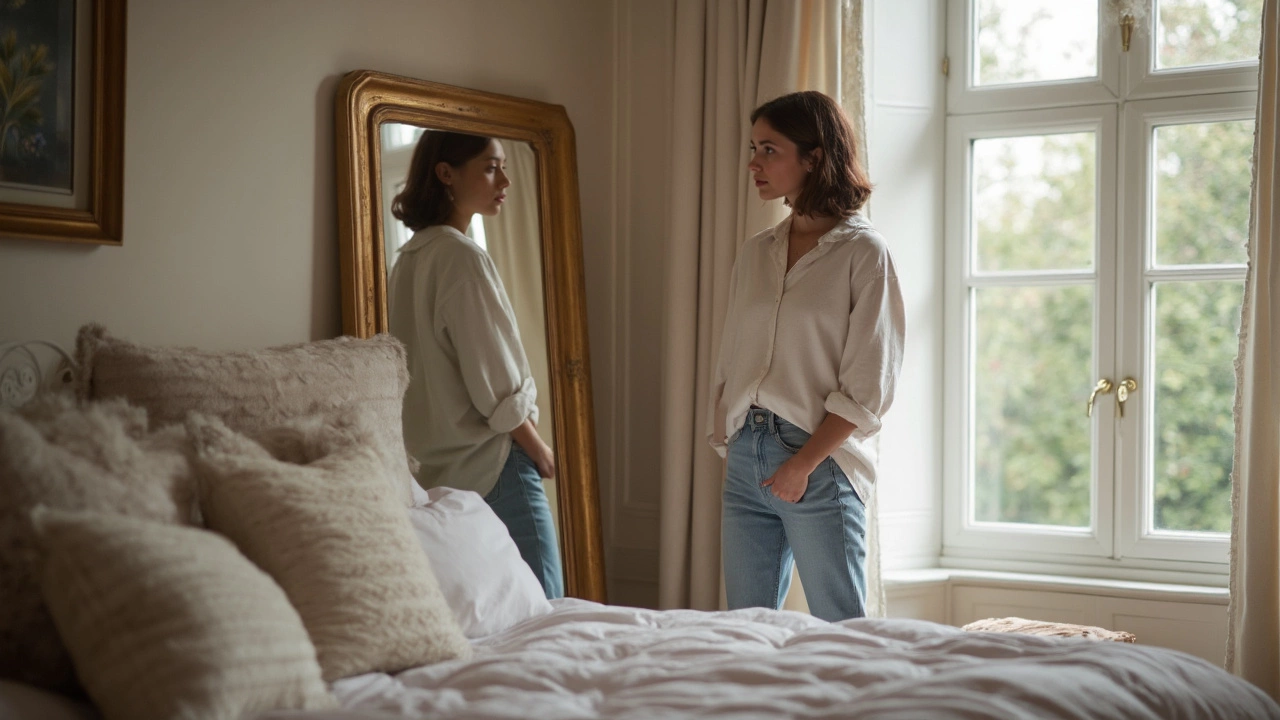Home Mirrors Guide – Picking the Perfect Mirror for Any Room
Need a mirror that does more than just show your reflection? A well‑chosen mirror can make a small bathroom feel bigger, add a splash of style to a hallway, or even help you get ready faster. Below you’ll find the basics you need to choose the right mirror without wasting time or money.
Know Your Mirror Types
There are three everyday mirror styles you’ll run into:
- Flat mirrors – the classic, true‑to‑size reflection. Great for bathrooms, dressing areas, and any place you need a clear view.
- Convex mirrors – bulge outward, giving a wider field of view. Perfect for hallways or entryways where you want to see a bigger area.
- Concave mirrors – curve inward, making objects appear larger. Use them for makeup stations or detail work.
Pick the type that matches the room’s purpose. A flat mirror in the bathroom keeps things simple, while a convex piece in the hallway helps you spot guests before they knock.
Budget‑Friendly Mirror Buying Tips
Mirror prices can swing from under £20 for a basic bathroom model to several hundred pounds for a designer piece. Here’s how to keep costs in check:
- Set a realistic budget before you start browsing. Knowing your limit stops you from chasing endless upgrades.
- Measure the wall space first. A correctly sized mirror avoids costly custom orders.
- Check the frame material. Simple metal or wooden frames are cheaper than ornate, hand‑carved options.
- Shop online for sales, but read reviews. A good discount is useless if the mirror warps or cracks.
Remember, a pricey mirror isn’t automatically better. Look for sturdy glass, a smooth finish, and a frame that matches your decor.
Now that you understand the basics, let’s talk placement. Hanging a mirror opposite a window bounces natural light around, making the room feel brighter. In a narrow hallway, a tall vertical mirror adds depth without crowding the space. For a living‑room centerpiece, choose a larger decorative mirror that doubles as wall art.
Common mistakes to avoid:
- Mounting too high. If you can’t see your face comfortably, the mirror isn’t doing its job.
- Using a mirror in a damp area without proper sealing. This can lead to fogging or damage.
- Ignoring safety. For homes with kids, pick tempered glass or add safety film to prevent shattering.
Want more detailed info? Check out our top posts on the tag:
- “Why Humans Fear Mirrors” – dives into the psychology behind our fascination.
- “Mirror Cost: What You’ll Really Pay” – breaks down price ranges and what you get for each.
- “3 Types of Mirror: Everyday Uses, Surprising Facts, and Simple DIY Tips” – quick guide to flat, concave, and convex mirrors.
With these tips, you can pick a mirror that fits your style, budget, and room needs. Grab a tape measure, decide on a type, and start shopping. Your home will thank you with a brighter, more spacious look.
Ever wondered if your full-length mirror is messing with how you see yourself? This article explains if and how full-length mirrors can make you look thinner. You'll learn about the science behind mirror reflections, the role of angles, and why two mirrors never seem to show you the same person. With some practical tips and real-world examples, we make sense of what you see in the glass versus what’s real.
May, 5 2025
